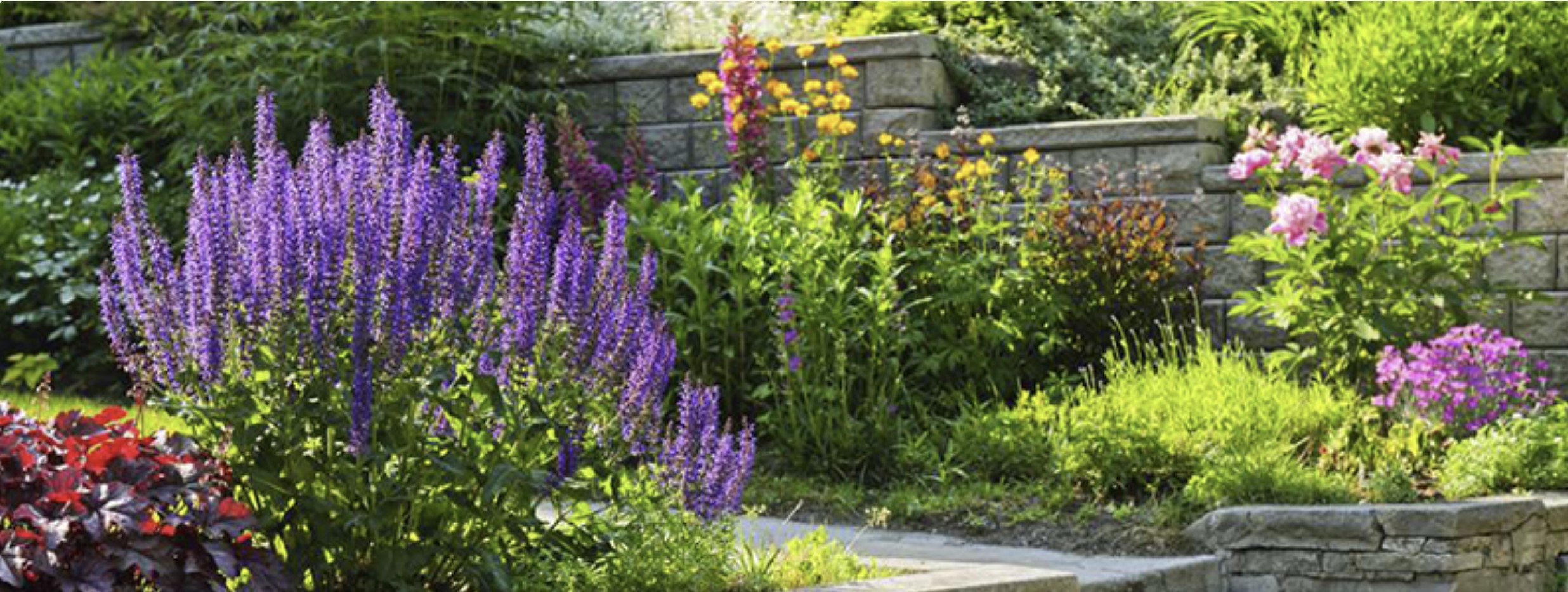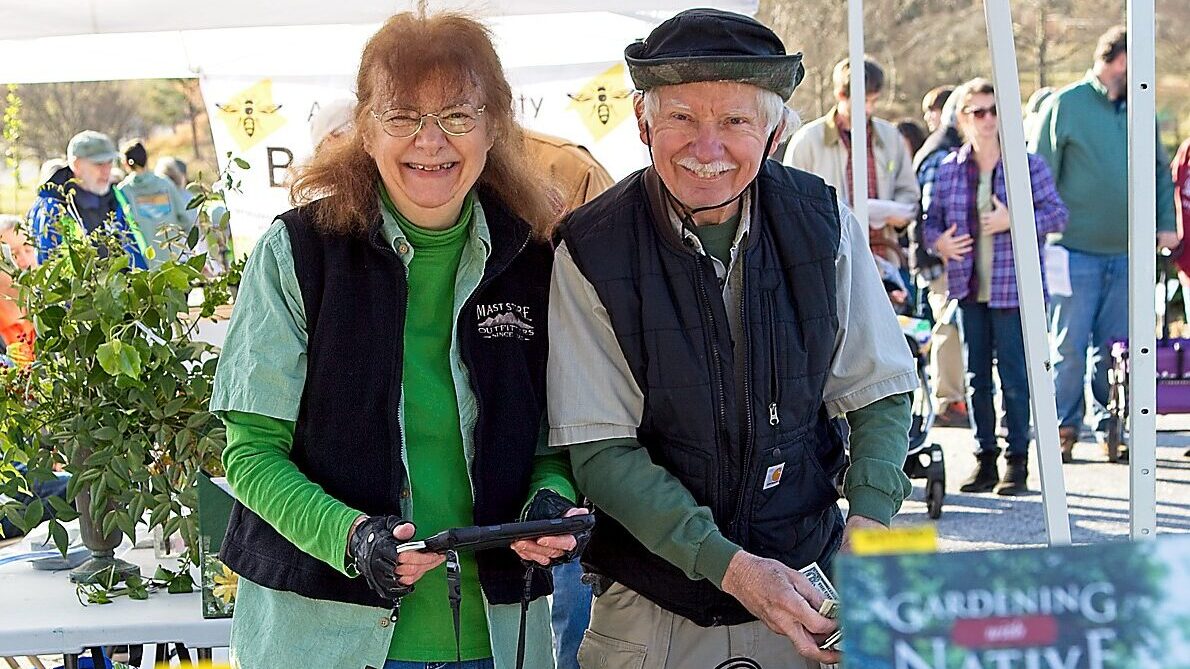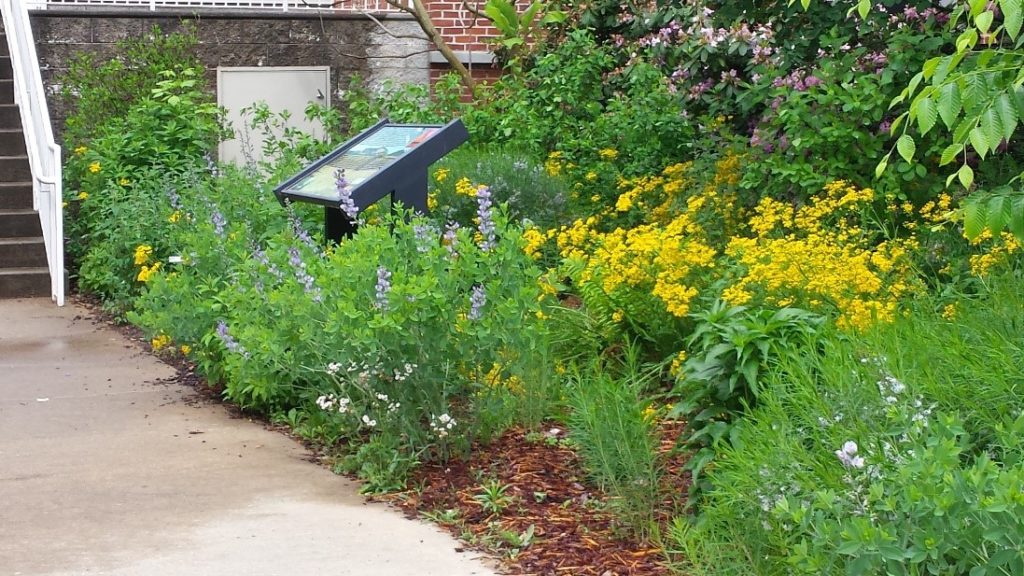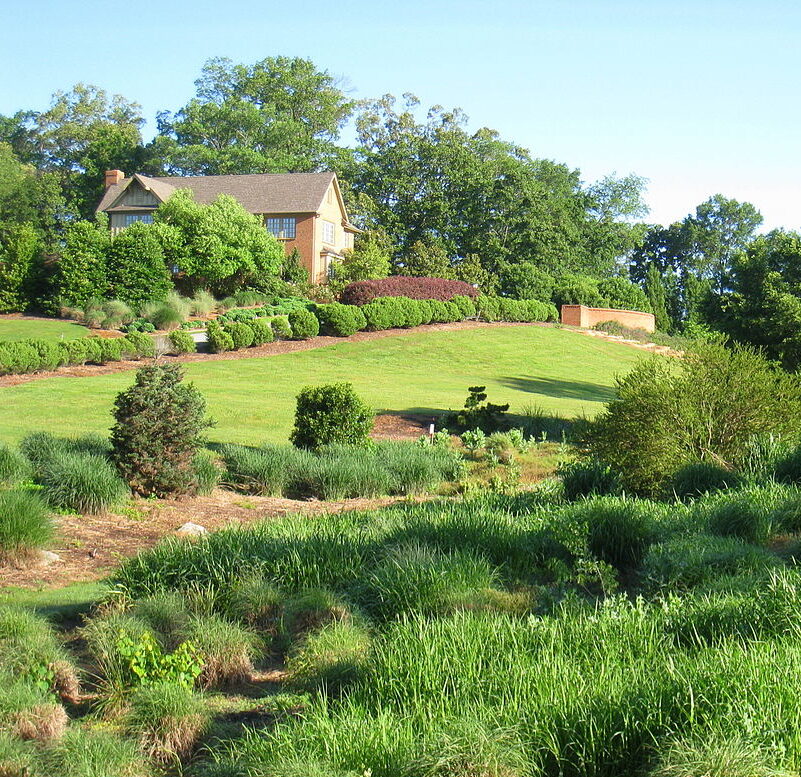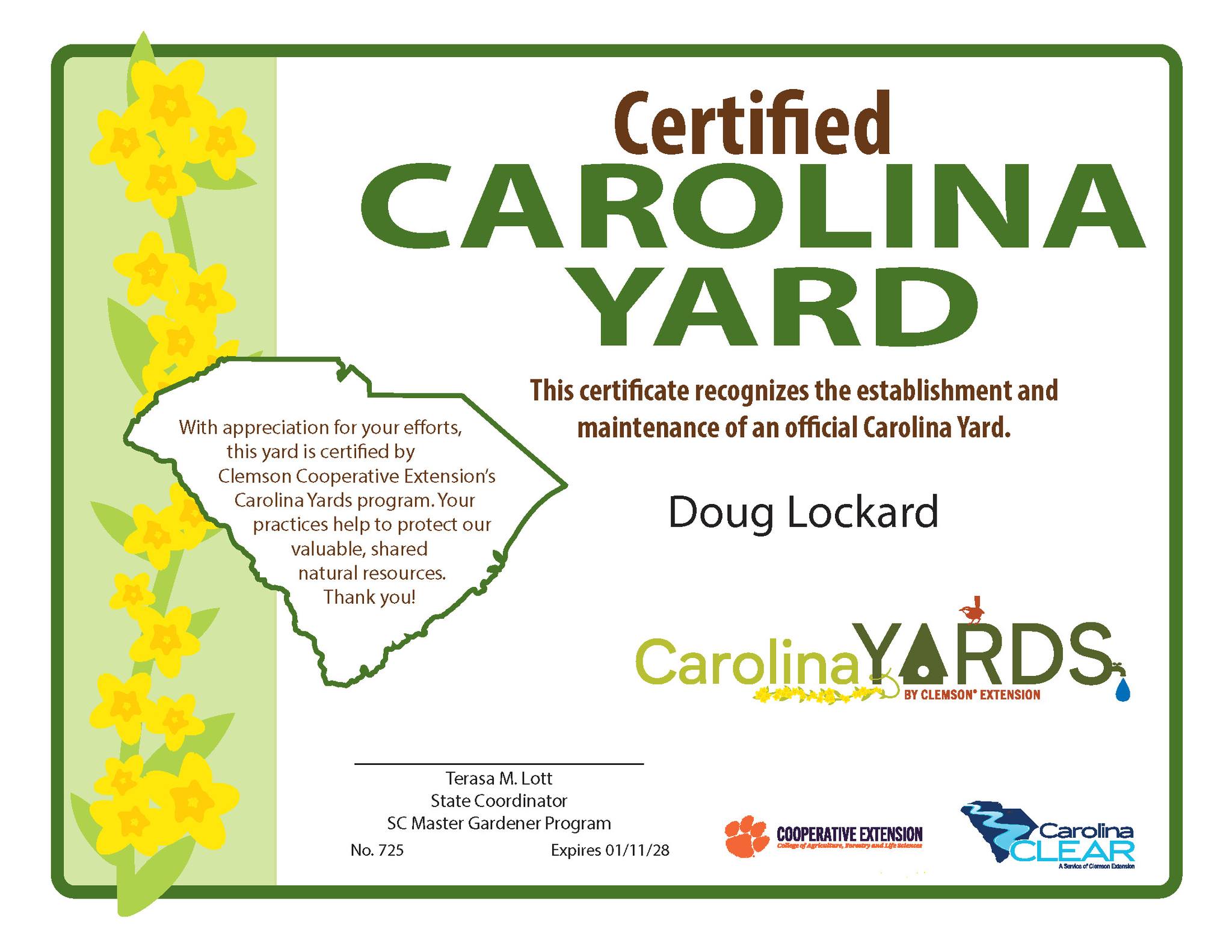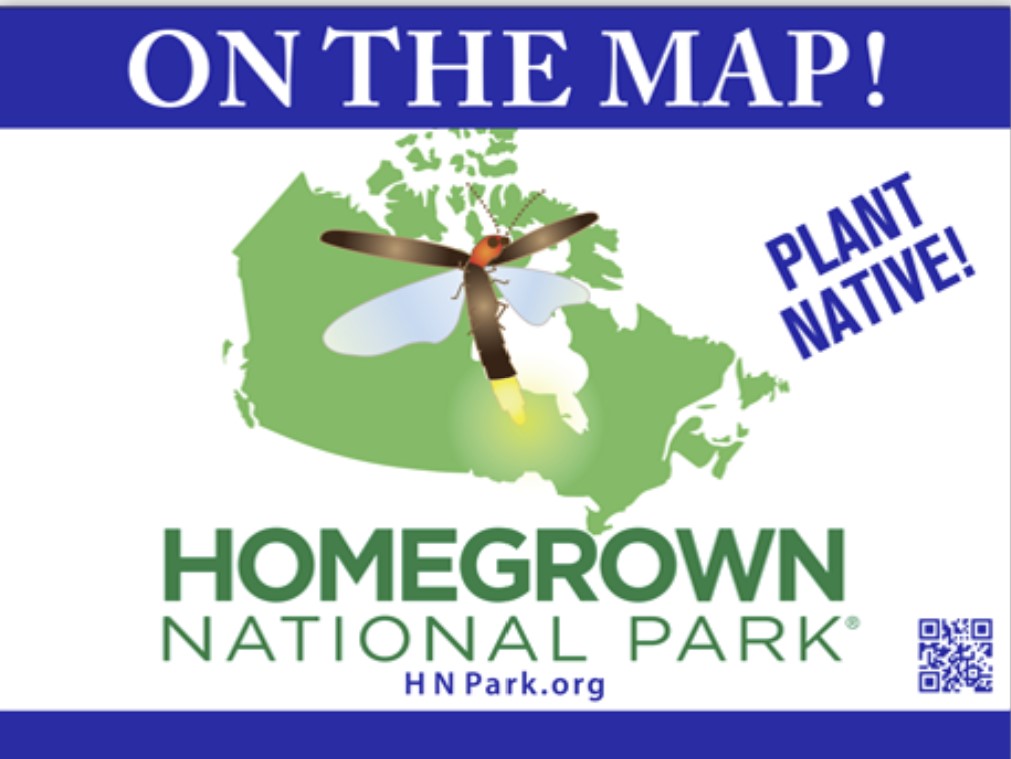Finding Yard Inspiration
Be the Change You Want in the World
Like so many things in life, this journey begins with a desire to do something positive. For yourself, for your family, for your community, and for the world. There is so much compelling information out there today that it can be a little overwhelming, so we urge you to begin small, learn along the way, and enjoy incremental success (and failure) along the way. And even though the typical home landscape is less than an acre, a major overhaul can be overwhelming so we encourage you to pick one area and begin your journey there.
We find it very helpful to learn about the plants and their characteristics. We suggest getting out there and seeing native plants at home in their own environment; both in the natural world and in human-inspired settings. We also encourage you to explore the wonderful array of books and videos that delve into all manner of native projects.
Knowledge Sharing
SCNPS has a wealth of opportunities to learn about native plants: monthly meetings with lectures, interpretative walks and hikes, volunteer work days, propagation workshops, seed collection and sharing, and many more opportunities to experience first-hand the lifecycles and benefits of our incredible native plants.
At our plant sales, our experienced volunteers are on hand to share their wisdom with you. Held by each chapter, the sales occur several times each year, usually in the fall and spring, and tend to specialize somewhat in the native plants that perform best in those areas. The sales are usually precipitated by list of plants which affords the opportunity to research them.
Subscribe to our newsletter to find out more about upcoming events.
Visit Native Gardens
There are many great public and commercial gardens around the state where you can get some excellent inspiration in how to landscape native plants in your own yard. Some to consider visiting are the SC Botanical Garden’s Natural Heritage Garden, Azalea Park, Brookgreen Gardens, Caw Caw Interpretive Center, Falls Park on the Reedy River, Unity Park, Glencairn Garden, Hatcher Garden and Woodland Preserve, Hilton Pond Center, Pickens Natural History Museum, Kalmia Gardens, Linky Stone Park Children’s Garden, Middleton Place, Moore Farms Botanical Garden, Riverbanks Zoo & Gardens, South Carolina Botanical Gardens, and the W. Gordon Belser Arboretum at USC.
Certificate in Native Plant Studies
The SCNPS in partnership with the South Carolina Botanical Garden (SCBG) provides a unique learning opportunity about South Carolina’s rich botanical heritage in native plants and their vast diversity, plant communities, and habitats from the mountains to the sea. Participants learn at the SCBG about the significant benefits of native plants in ensuring biodiversity, improving soil, water, and air quality, as well as discover the importance of sustainable and appropriate development, become aware of conservation issues facing native plants and plant communities, and become educated environmental stewards.
Living Landscape Certification Programs
There are a variety of programs that help guide you through the process of developing your property as a “Living Landscape”. We particularly like the Carolina Yards program offered by the Clemson Extension Services because it provides an excellent check-list of various elements that make up a habitat, like soils, water, plant selection, food web, chemical use, invasives and more.
You can also read more about Native Plant Alternatives to Turf Grass Lawns, Coastal Plants, Native Alternatives for Invasive Plants, and Plants for Wildlife.
Home Grown National Park
In his 2019 book Nature’s Best Hope, Douglas Tallamy proposed the “Homegrown National Park,” a grassroots call-to-action to regenerate biodiversity and ecosystem function. The initiative embraces the concept that many small acts of conservation will make a big positive impact.
The program encourages everyone with even a bit of land to plant native plants, with the goal of shifting half of America’s existing “lawnscape” to ecologically productive use. The Homegrown National Park website provides inspiration and information and homeowners can add their garden contribution to a map of the US and watch the park grow.

